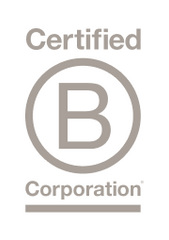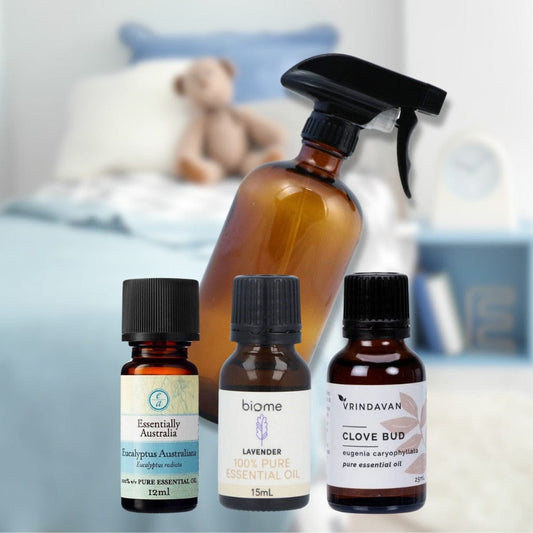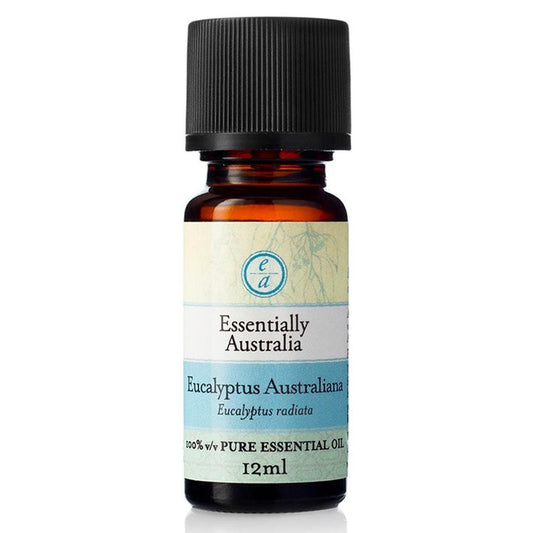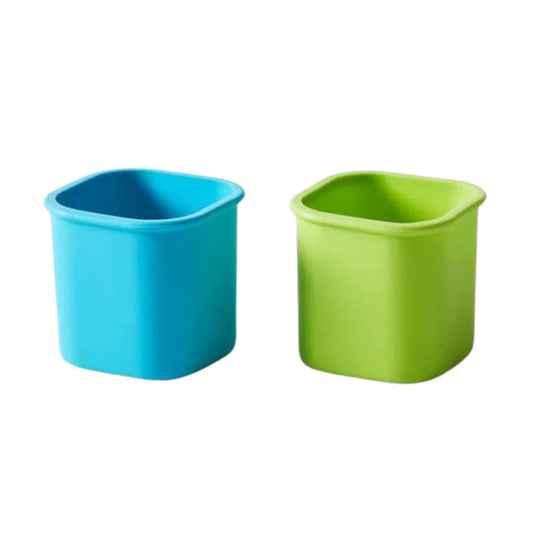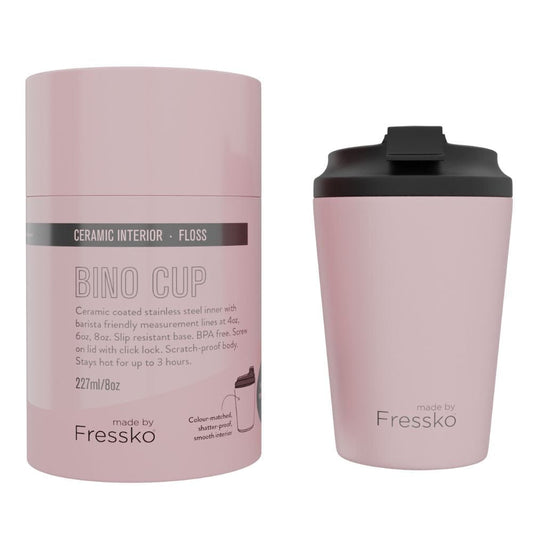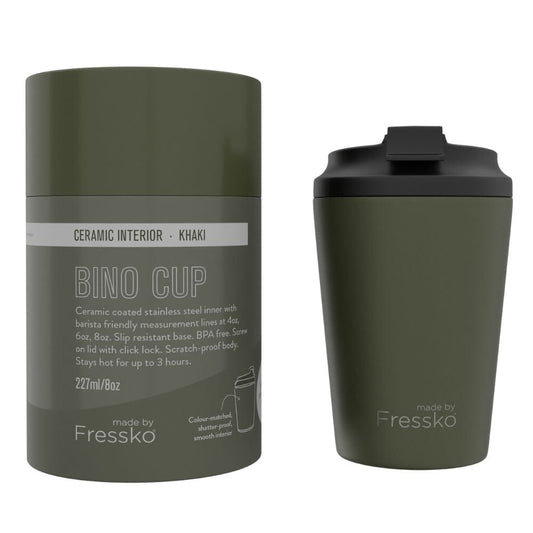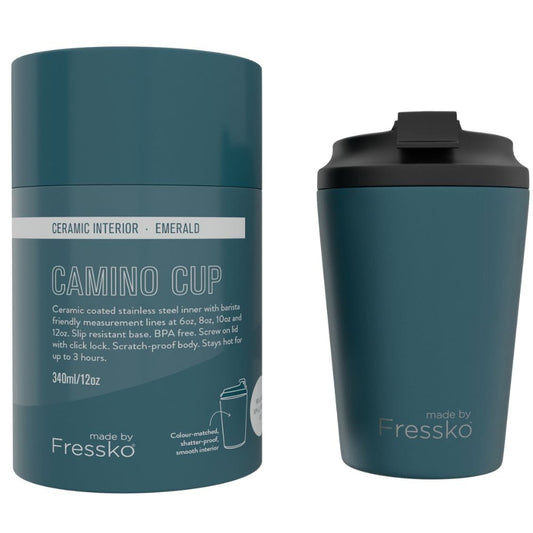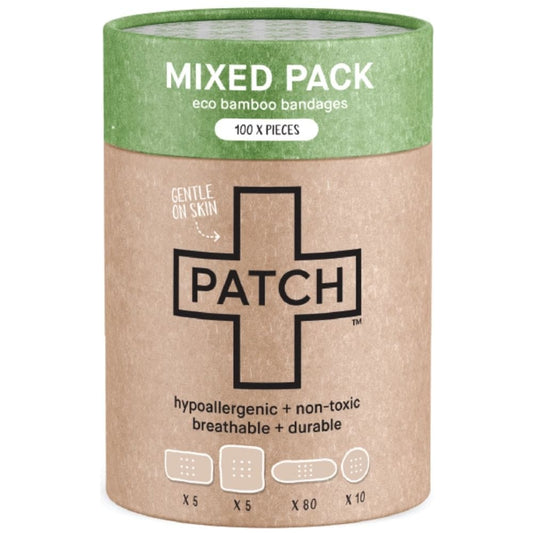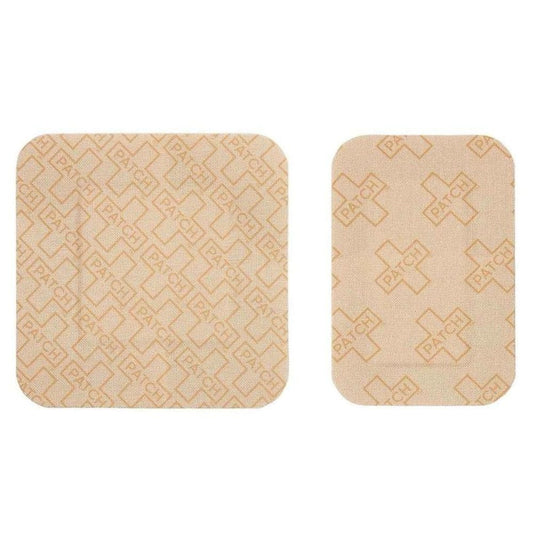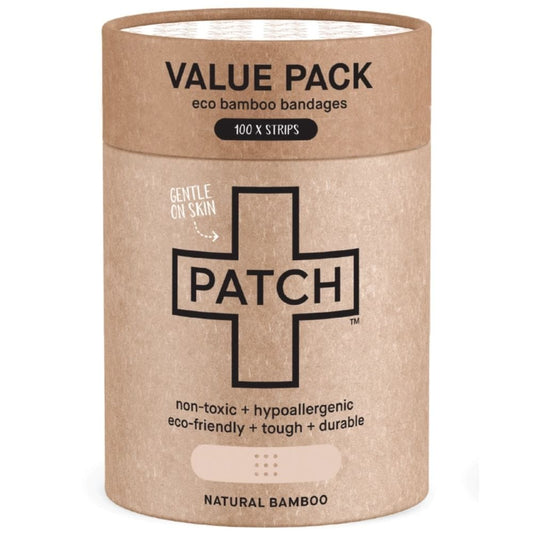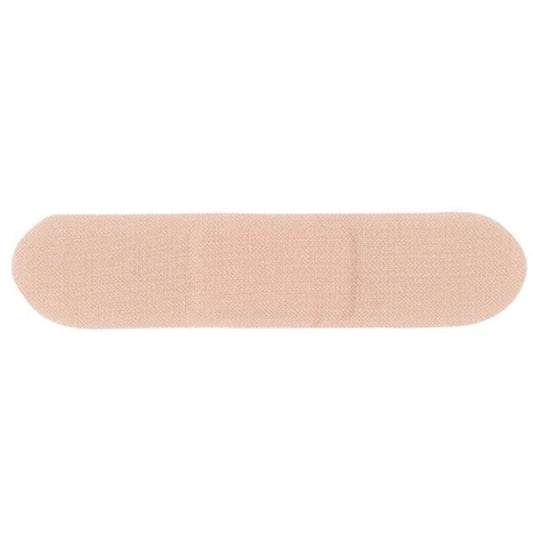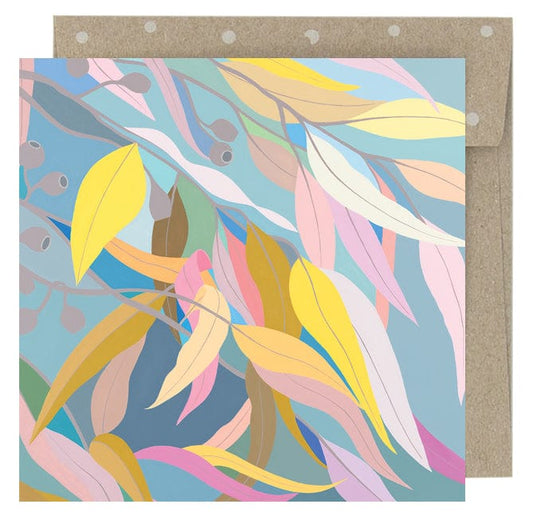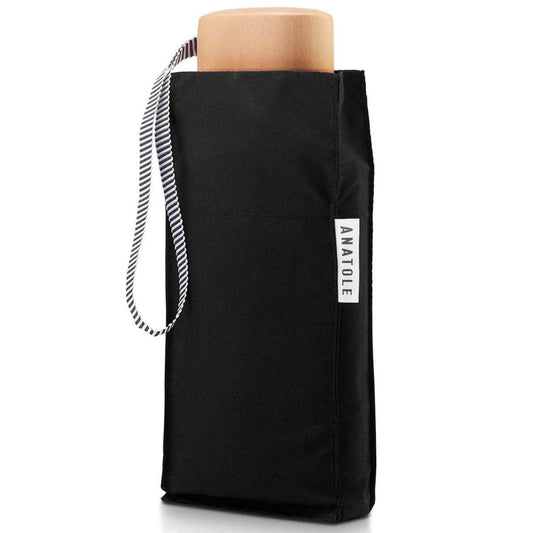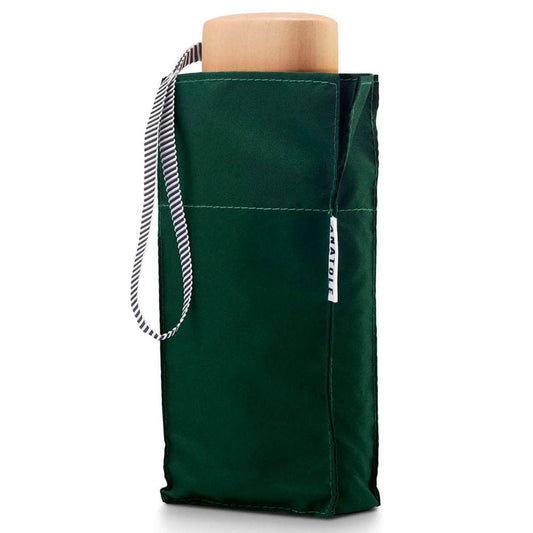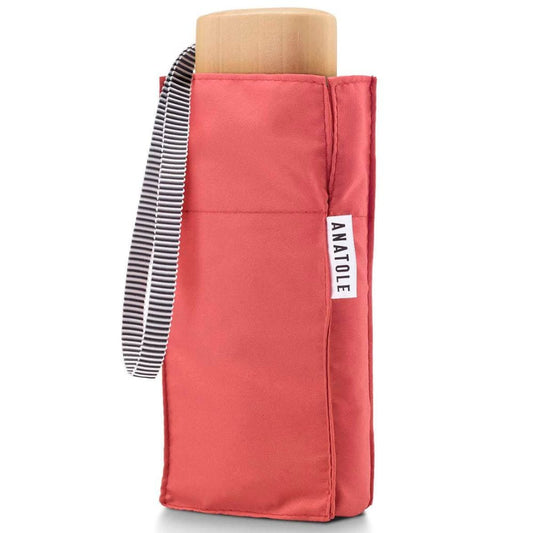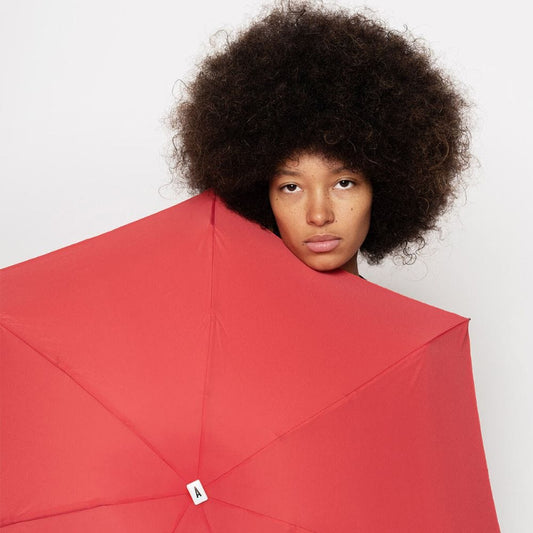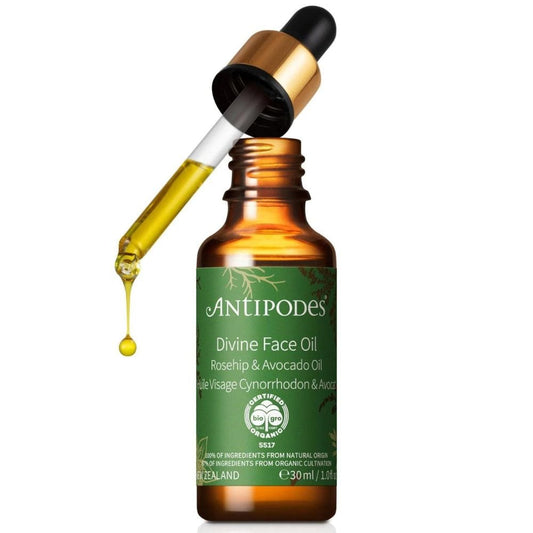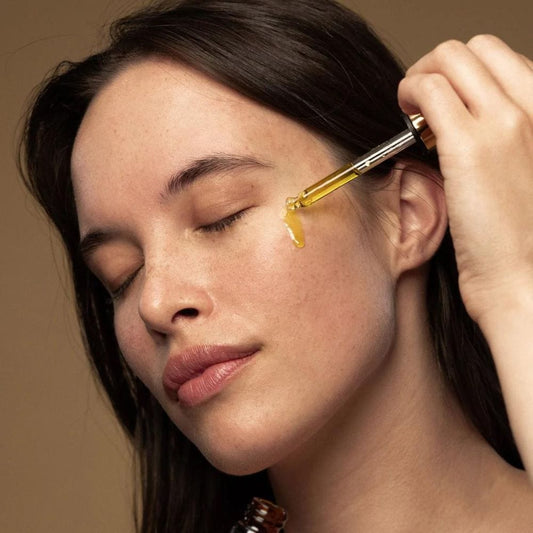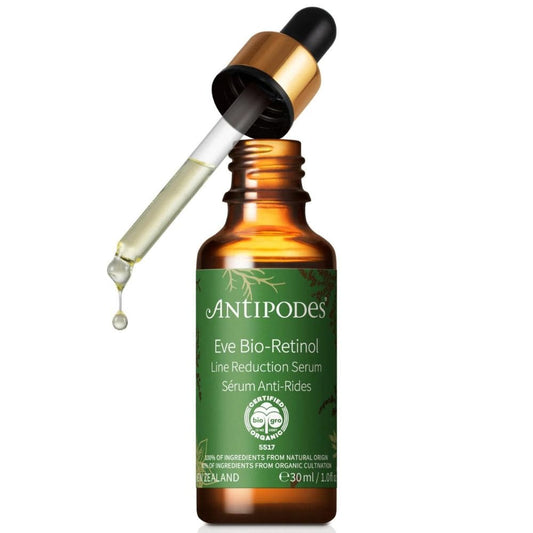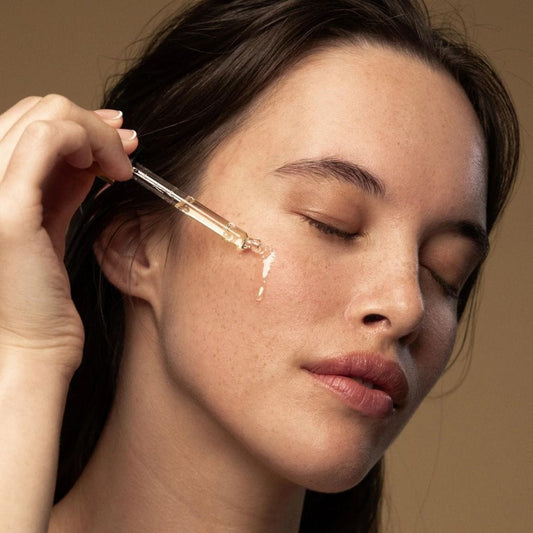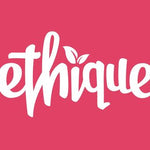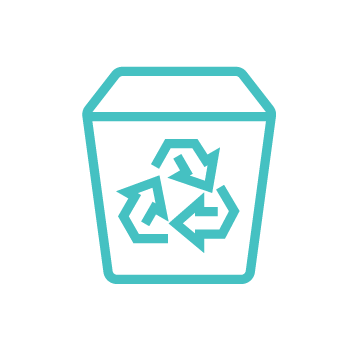
Those spirals of promise against pesky mosquitos are allowed to be sold to consumers, so they must be safe...right?
Disappointingly, well-known mosquito coil brands such as RID, Mortein, Coles and Earth Tiger, hide from consumers their full ingredients list. And, they are not regulated for safety! So we did some deep digging to uncover exactly what is in that smoke we inhale. And, it's scary.
When you light up an insecticide-containing mosquito coil, you’re releasing substances that can be harmful to humans, aquatic life, and even bees. What’s more, the evidence that these coils even reduce the risk of contracting mosquito-borne diseases like dengue or malaria is far from conclusive.
Covering yourself up with clothing, using mosquito nets, and applying natural repellents can be just as effective. And the best part? You won’t be exposing yourself to the potentially toxic smoke from those smoldering spirals.
Are mosquito coils regulated?
As a consumer, it's almost impossible to make an informed choice because most of the coils found in Australia don't disclose the ingredients on their packaging or websites.
Just like many synthetic chemical products we use daily for personal care, cleaning and pest control, they are not regulated for safety. Mosquito repellents are only regulated for claims about their ability to "kill or repel pests".
Unfortunately, because we do not eat mozzie coils (we just breathe the smoke into our lungs!) only the active insecticide needs to be disclosed.
Manufacturers are required to provide a Safety Data Sheet (SDS or MSDS) when a product containing hazardous chemicals is used in a workplace, but not a home!
Australian mosquito coil brands we investigated include:

Mortein - owned by big Pharma Reckitt Benckiser. Made in Indonesia.
Coles own brand - made for Coles by Cavalieri Investing Pty Ltd, who are the owners of RID Australia. Made in Malaysia.
RID Australia - made by Cavalieri Investing Pty Ltd Made in Malaysia.
Earth Tiger - made by Anchor Foods. Made in Malaysia.
Hovex - made by Pascoe's. Made in Indonesia.
 Packing for Coles Brand mosquito coils. Zero disclosure of ingredients. Displays the Australian Pesticides and Veterinary Medicines (APVMA) approval that only relates to the repellent properties of the active ingredient D-Allethrin, zero to do with consumer health and safety.
Packing for Coles Brand mosquito coils. Zero disclosure of ingredients. Displays the Australian Pesticides and Veterinary Medicines (APVMA) approval that only relates to the repellent properties of the active ingredient D-Allethrin, zero to do with consumer health and safety.
What are the ingredients in Mosquito Coils?
I tracked down the Safety Data Sheets via various sources. Even on the SDS, the full ingredients are not given. They state that the composition is a trade secret!
Hiding behind "trade secret" is a rubbish because they are all made in similar factories in Malaysia and Indonesia and the formula is no secret.
What they ought to say is "consumer secret" - we want to keep it a secret from consumers!
RID SDS (and given that the Coles brand is manufactured by the owners of RID it is likely applicable for the Coles coils also).
"Wood powder, C.I. Basic Green 4 (hydrochloride), Allethrin, balance Ingredients determined not to be hazardous".
"The specific chemical identity and/or exact percentage (concentration) of composition has been withheld as a trade secret."

Mortein Mosquito Coils SDS only discloses d-allethrin as the ingredient, nothing else!!

Hovex SDS also uses the "secret" defence to not disclose the full ingredients.
Earth Tiger could not be found.
I did find the full ingredients for Bayer Mosquito Coils made by Johnson & Johnson that are available in the USA. Kudos to them for full transparency, right down to the individual ingredients in the "Fragrance". That goes to show that there is greater pressure in the States for this level of transparency - likely due to all the litigation happening there by people who have suffered serious illness from consumer products.
Given that mosquito coils are very similar and mostly made in Malaysia or Indonesia, this is likely close to the ingredients for the Australian ones also:
Transfluthrin - Transfluthrin is a synthetic pyrethroid insecticide. For Australian mozzie coils, this is usually d-allethrin.
Water
Coconut Shell Flour
Wood Powder
Corn Starch
Palm Kernel Expeller - palm oil that binds the dry ingredients together
Sodium Benzoate - preservative
Malachite Green Oxalate - dye (Australian brands seem to use C.I. hydrochloride, also made from petrochemicals)
Fragrance - benzyl acetate; benzyl benzoate; cedrus atlantica bark oil; citral; citronellol; geraniol; linalool; mentha arvensis oil; phenethyl alcohol; terpineol
HOE A-001 - Emulsifier (for which there is zero info on the web about what it is?!)
Dibutyl Adipate - oily petroleum solvent often used in nail polish
So disheartening - there is even palm oil in mozzie coils. No wonder the rainforests and the orangutans are disappearing.
Are the ingredients harmful?
Unfortunately, when it comes to human and ecological toxicity, Safety Data Sheets are flimsy. They are more concerned with immediate workplace risks, and they highlight the glaring deficiency in our scientific understanding of chemical safety.
From the SDS for RID Mosquito Coils - note all the instances of "Data Not Available". Meaning there are not sufficient studies to show whether they are toxic or not!

From the SDS for Mortein coils

According to Hovex, D-allethrin is carcinogenic with long term inhalation exposure, while RID above states "...does not seem to cause cancer or birth defects."

Is D-allethrin safe?
D-allethrin is a synthetic pesticide that has been found to have harmful effects on humans, ecology, aquatic life, and bees.
Human Health:
- Chronic exposure to allethrins, including d-allethrin, can alter the plasma biochemical profile of humans and may have adverse health effects (NJ Dept of Health)
- Bioallethrin, a type of allethrin, has been shown to cause oxidative damage, cellular toxicity, and necrosis of human lymphocytes studied in vitro (source).
- Direct skin contact with d-allethrin can cause itching, burning, and tingling feeling. When inhaled, it may worsen asthma in individuals who suffer from the disease. In others, it may cause nausea, vomiting, diarrhea, and coordination difficulties
- As per the SDS from Hovex, " D-allethrin is carcinogenic with long term inhalation exposure".
- As per the RID SDS: the liver and central nervous system may be affected, and may cause mutations.
Ecology:
- D-allethrin is highly toxic to fish and aquatic invertebrates.
- At normal application rates, d-allethrin is slightly toxic to bees. Bees exposed to it can become paralyzed before dying (source)
- The toxicity of d-allethrin to bees includes impairing their memory (source).
And according to the RID SDS, the Malachite Green dye, caused an increase in benign lung tumours when tested on rats.
Animal testing by Coles, RID, Mortein, Hovex
Distressingly, RID (and thus likely Coles), Mortein and Hovex brands use ingredients that have been tested in the eyes, on the skin and in the lungs of rabbits, rats and guinea pigs.
RID and Coles

Mortein

Are mosquito coils worth the risks?
Mosquito coils work either by killing or repelling mosquitoes, but there is limited conclusive evidence about how effective they are in reducing the likelihood of getting bitten, or contracting a mosquito-borne illness.
From my reading there is little evidence that burning insecticide-containing mosquito coils prevents malaria. Moreover, some of the chemicals used in mosquito coils are banned or restricted in some countries due to their potential carcinogenic effects.
Burning mosquito coils indoors may increase the exposure to fine and ultra-fine particles, which can cause respiratory problems.
They may be useful in preventing mosquito bites, but they should not be relied on as the sole method of protection against mosquito-borne diseases.
What are the safe natural alternatives to mosquito coils?
A combination of preventative measures is recommended:
Barrier protection - wearing long pants and long sleeves to cover up, particularly lighter colours.
Sleeping under mosquito nets.
Natural mosquito repellents using essential oils.
Burning New Mountain Sandalwood Sticks that are made from Sandalwood Powder 65%, Citronella Oil 2%, Eucalyptus Oil 2%, and Litsea sebifera Powder 31%. Litsea sebifera Powder which is 100% natural made from grinding down the bark of the tree and when mixed with liquid acts like an adhesive. Other names for this powder are Sticky Powder or Bollywood powder and it is commonly used in incense making.
Always avoid burning sticks and coils in enclosed spaces and near children or pregnant women.
Actions we need from mozzie coil brands
1. Full ingredient disclosure on your packaging.
It's disgraceful that you do not list the ingredients and allow consumers to make a fully informed choice.
Using the excuse of "trade secret" is rubbish as everyone in the industry would know what the sticks are made from, and it is clear they are all very similar ingredients, and made in Malaysia and Indonesia where palm oil is produced.
So the only reason I can think of for not disclosing the ingredients is that you want to hide them from consumers, whom these brands tend to approach as gullible pawns in their game of chess.
2. Invest in scientific studies to know the risks to humans and ecology
The deficiency of data in the Safety Data Sheets is stark evidence that we’re only scratching the surface when it comes to fully comprehending the long-term effects of these chemicals on our health and the environment.
Thank you for reading! Stay informed, stay curious, and keep asking the tough questions about chemical safety.
Author: Tracey Bailey
MORE READING
How to get rid of mosquitos naturally
What is a Safety Data Sheet (SDS)?
In Australia, Safety Data Sheets (SDS), previously known as MSDS, are required under the Workplace Health and Safety Regulations.
Manufacturers or importers of hazardous chemicals are required to produce a Safety Data Sheet (SDS) and make it available free of charge, to enable workplaces to manage the risks associated with hazardous chemicals.
Have you ever read a SDS? They are depressing in their lack of transparency: a) they do not disclose all their ingredients, rather hide behind "trade secret"; and b) they just say that there is no known testing of the toxicity!?!
Manufacturers and importers of hazardous chemicals must check the SDS at least every 5 years.
Chemicals deemed "non-hazardous" do not need an SDS.
A Safety Data Sheet (SDS) must include the following sections:
- Identification: Product identifier and chemical identity.
- Hazard(s) Identification.
- Composition and Information on Ingredients.
- First Aid Measures.
- Firefighting Measures.
- Accidental Release Measures.
- Handling and Storage: Including how the chemical may be safely used.
- Exposure Controls and Personal Protection.
The SDS must also include information about the chemical’s hazards, how to handle it safely, including storage and disposal, physical and chemical properties, potential health and emergency response measures, and environmental effects.
